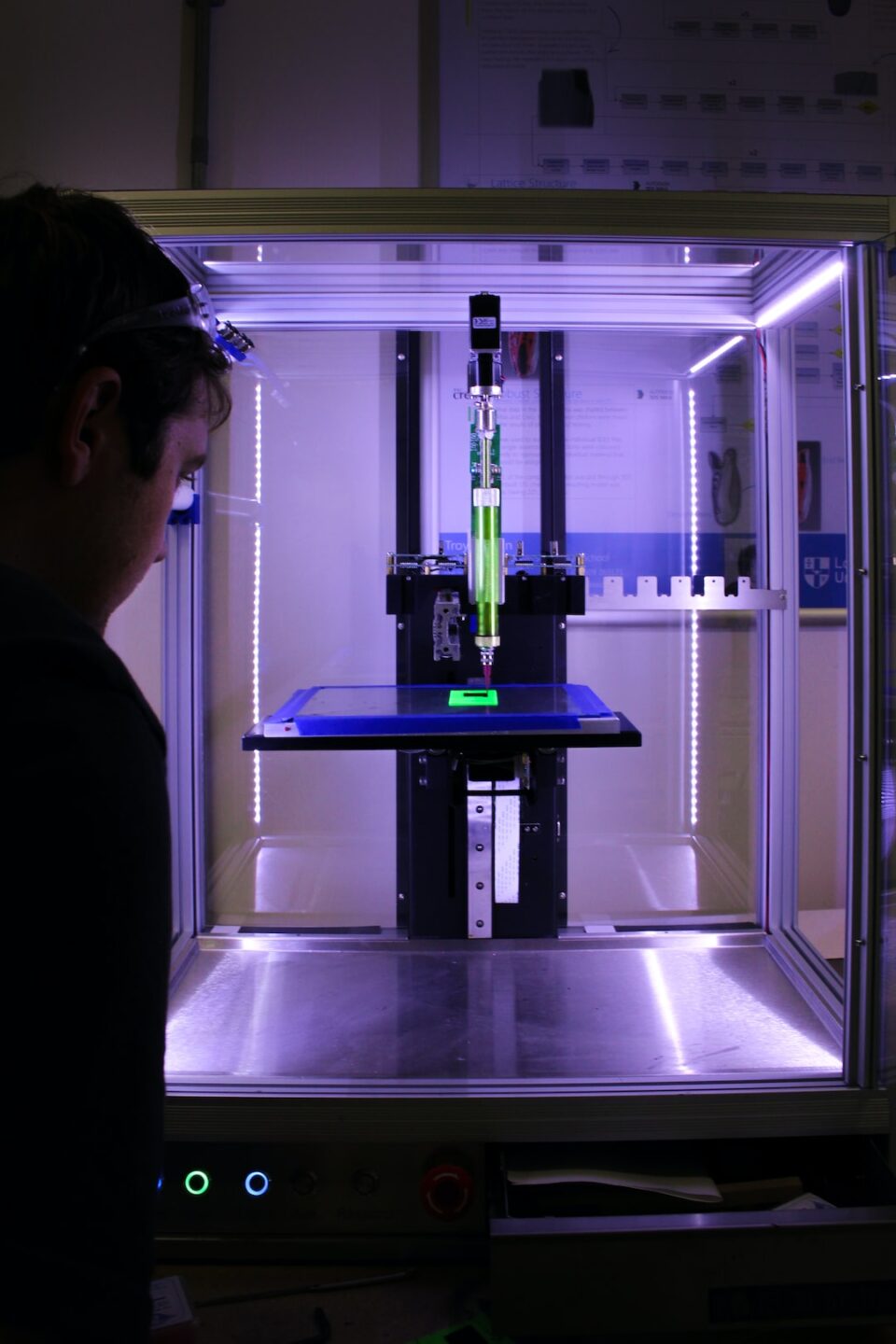Additive manufacturing, also known as 3D printing, has experienced a tremendous rise in popularity and usage in recent years. What was once considered a niche technology is now transforming various industries and unlocking its incredible potential. From healthcare to aerospace, additive manufacturing is revolutionizing the way we design, produce, and distribute goods.
One of the key advantages of additive manufacturing is its ability to produce complex and intricate designs that traditional manufacturing methods struggle with. With 3D printing, a computer-generated model is translated into a physical object layer by layer. This allows for the creation of intricate geometries that were previously impossible to manufacture using traditional methods. As a result, industries such as aerospace, automotive, and healthcare are now able to design and produce lighter, stronger, and more efficient parts.
In the aerospace industry, for example, additive manufacturing is enabling the production of complex components that are lighter and more durable, ultimately leading to more fuel-efficient aircraft. It also allows for rapid prototyping, reducing development time and costs. Companies like GE Aviation and Airbus are already leveraging additive manufacturing in their production processes, leading to improved performance and reduced emissions.
In the healthcare sector, additive manufacturing is revolutionizing the field of prosthetics and implants. Customized implants can be produced using patient-specific data, ensuring a perfect fit and reducing the risk of complications. 3D-printed organs and tissues are also being explored as a potential solution to the global organ shortage. Although still in the experimental stage, researchers are confident that additive manufacturing can play a significant role in the future of regenerative medicine.
Beyond industry applications, additive manufacturing is also democratizing the design and production process. Traditional manufacturing requires significant resources, such as molds and specialized equipment, making it expensive and inaccessible for small businesses and individuals. In contrast, 3D printing allows for the easy, cost-effective production of prototypes and small production runs. This is particularly beneficial for entrepreneurs and start-ups looking to bring their ideas to life without the need for significant investment.
Despite its many benefits and potential, additive manufacturing is still facing some challenges. The limitations of available materials, especially when it comes to strength and durability, are hindering its full-scale adoption in certain industries. Additionally, concerns over intellectual property rights and the potential for counterfeiting need to be addressed to ensure the integrity and trustworthiness of 3D-printed products.
Nevertheless, the rise of additive manufacturing is undeniable. As technology continues to advance and material science evolves, we can expect to see even more breakthroughs and applications in the coming years. From personalized medicine to sustainable manufacturing, the potential for additive manufacturing to make a positive impact on our lives is immense.
In conclusion, additive manufacturing is a game-changer with the ability to unlock new possibilities and reshape traditional industries. Its ability to produce complex designs, customization potential, and cost-effectiveness is revolutionizing industries ranging from aerospace to healthcare. While there are still challenges to overcome, the future of additive manufacturing is promising. As more businesses and individuals embrace this technology, we can expect to see continued advancements and discoveries that will shape the way we live, work, and produce goods.

